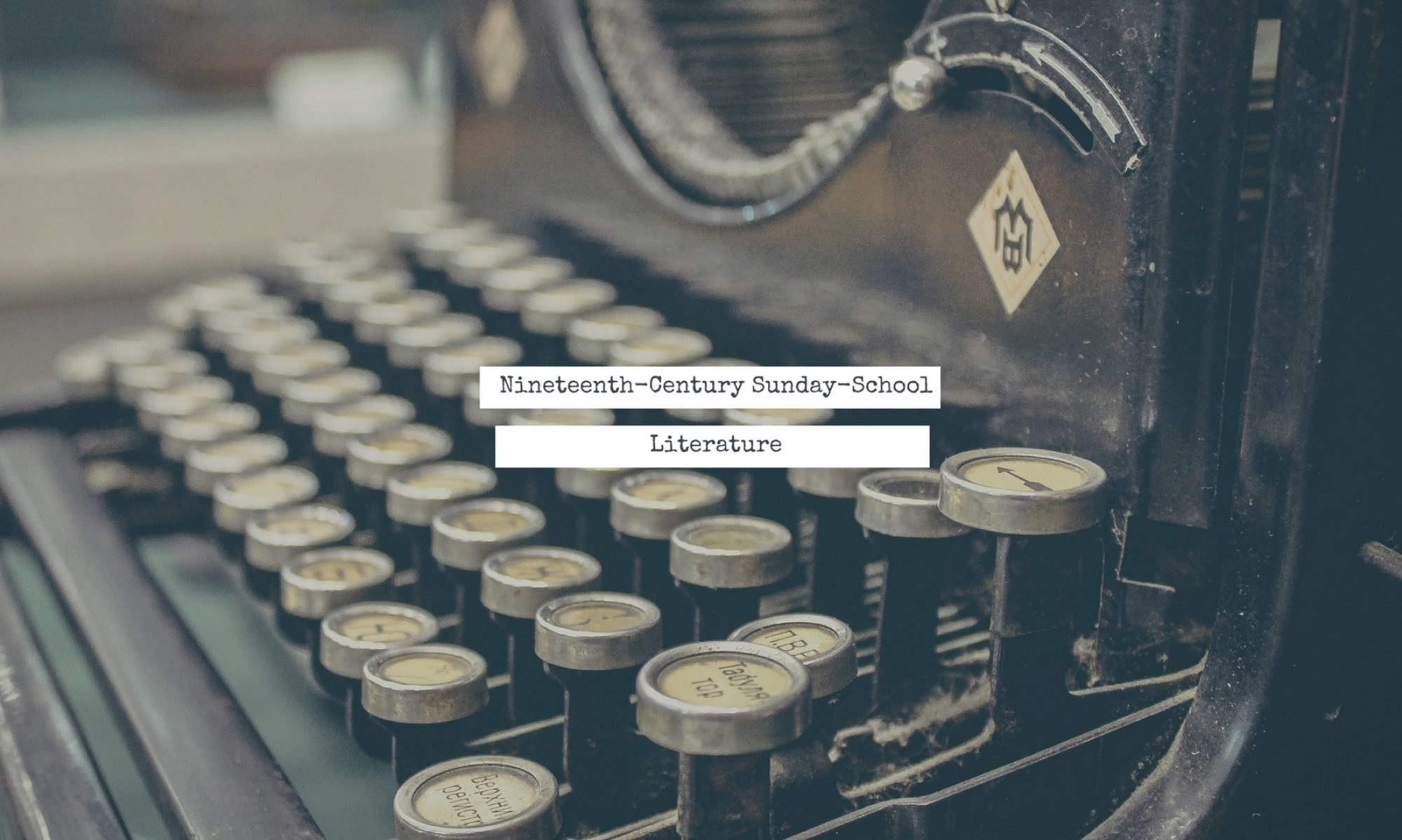Michigan State’s collection of nineteenth century sunday school books prompted us with many different questions. What began as a series of physical copies of books morphed into a spreadsheet containing the title, author, publisher, publisher city, and year of publication of each individual text. In working with this dataset, the most blaring characteristic of the collection was the sheer volume of unknown information within our spreadsheet. As a result, approximately half of this site is dedicated to analyzing the vast quantity of unknown information. Through our efforts, we hope to compare and contrast both the unknown and the concrete, discussing whether or not this relationship is significant within the context of our dataset.
In our first data visualization, we use a hierarchical graph to display the frequency of unknown authors and publishing houses. The fact that the graph is practically unreadable without zooming is a testament to how much of our dataset is truly unknown information. Our second data visualization is a network that examines the relationship between the authors and publishing houses. Unlike the first visualization, this network of information includes all publishers and authors mentioned in the collection of sunday school books. However, we still continue to emphasize the unknown authors by putting them right in the center of the network. Our third data visualization depicts the geographic concentrations of publishing houses, allowing us to move away from looking specifically at the unknown to analyzing the relationship between location and issues specific to various books themselves. However, as apart of this visualization, we use icons to distinguish between books with unknown authors and books with known authors. This allows us to consider geographical concentrations of books published anonymously.
We recognize that our pursuit of analyzing the unknown leaves behind a significant portion of our dataset. Therefore, our last two data visualizations are textual analyses that explore the entirety of our dataset. Through analyzing both the words and phrases surrounding the words nature (in the fourth visualization) and death (in the fifth data visualization), we are able to gain a clearer understanding of how each word is portrayed as a theme throughout the books. This allows us to thoroughly examine the ideologies presented within the texts. As a result, we are able to draw conclusions about the types of moral teachings presented throughout the collection as a whole.
While each data visualization examines different aspects of the sunday school book collection, they all come together to present a clearer understanding of both the moral lessons and the implications behind their production. Since these books present very biased teachings, it is important to consider factors outside of the texts themselves in order to gain a fuller understanding of how they functioned within society.
